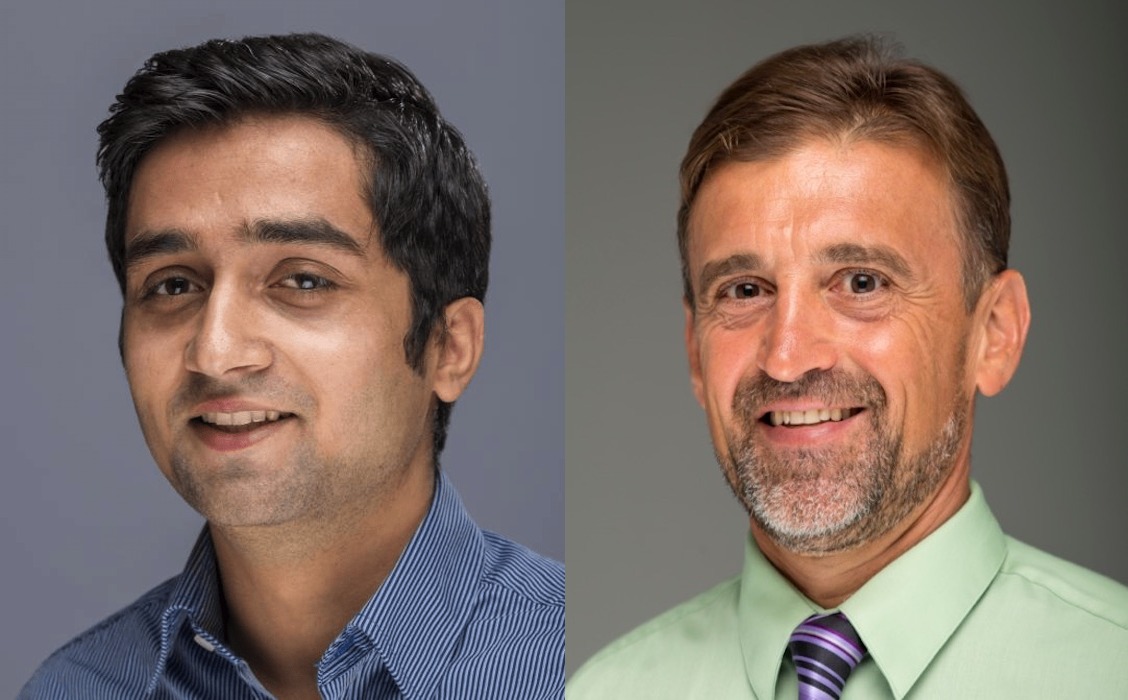
Article by Bhandari, Lopez-Anido Published in Progress in Additive Manufacturing Journal
An article by graduate student Sunil Bhandari and Dr. Roberto Lopez-Anido has been published on the Progress in Additive Manufacturing journal’s website. The article is titled, “Finite element modeling of 3D-printed part with cellular internal structure using homogenized properties.”

According to the article’s findings, “The outlined procedure [in this article] would enable faster iterative design of 3D-printed cellular parts. The continuum model generated is valid only for a linearly elastic structural response. This framework, however, has potential for extending the analysis to the inelastic range.”
Bhandari was born in Pokhara, Nepal, and began working at the Advanced Structures and Composites Center as a graduate student in 2014 with Lopez-Anido acting as his advisor.
The following is the abstract of Bhandari and Lopez-Anido’s article:
The purpose of this research is to create a homogenized linearly elastic continuum finite element model of a 3D-printed cellular structure. This article attempts to answer the following research question: can the homogenization technique based on using virtual experiments, commonly employed in micromechanics solid modeling, be used for homogenization of 3D-printed cellular structure to generate orthotropic material properties? Virtual experiments were carried out for homogenization of cellular structure. These virtual experiments generated homogenized material properties for the continuum finite element model. Physical experimentation was carried out to validate the accuracy of results obtained from the continuum finite element model. Results show that the outlined procedure can be used to generate a fast, yet reasonably accurate, continuum finite element model for predicting the linearly elastic structural response of 3D-printed cellular structure. This study extends the micromechanics homogenization approach to homogenize the 3D-printed partial infill cellular structure to create input material properties for a continuum finite element model. The outlined procedure would enable faster iterative design of 3D-printed cellular parts. The continuum model generated is valid only for a linearly elastic structural response. This framework, however, has potential for extending the analysis to the inelastic range.
Click here to view the full article.
To learn more about Bhandari, click here, and for a full list of his published work, click here. To learn more about Lopez-Anido, click here, and for a full list of his published work, click here.
